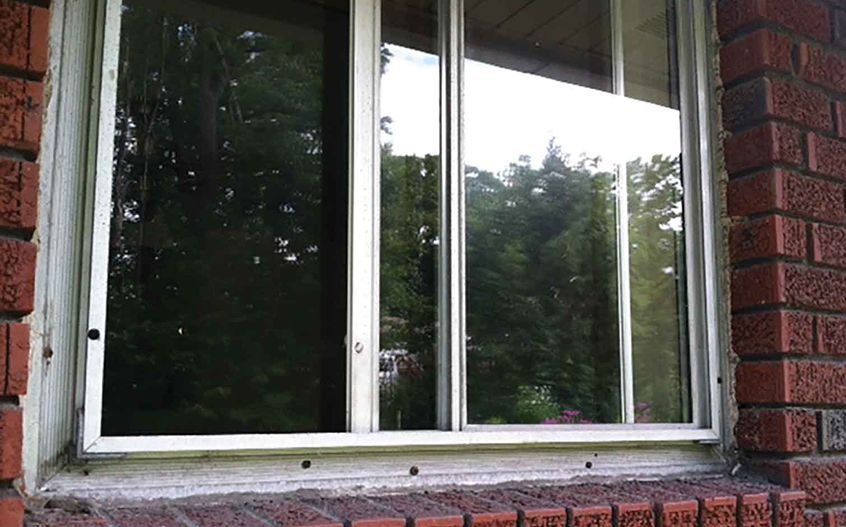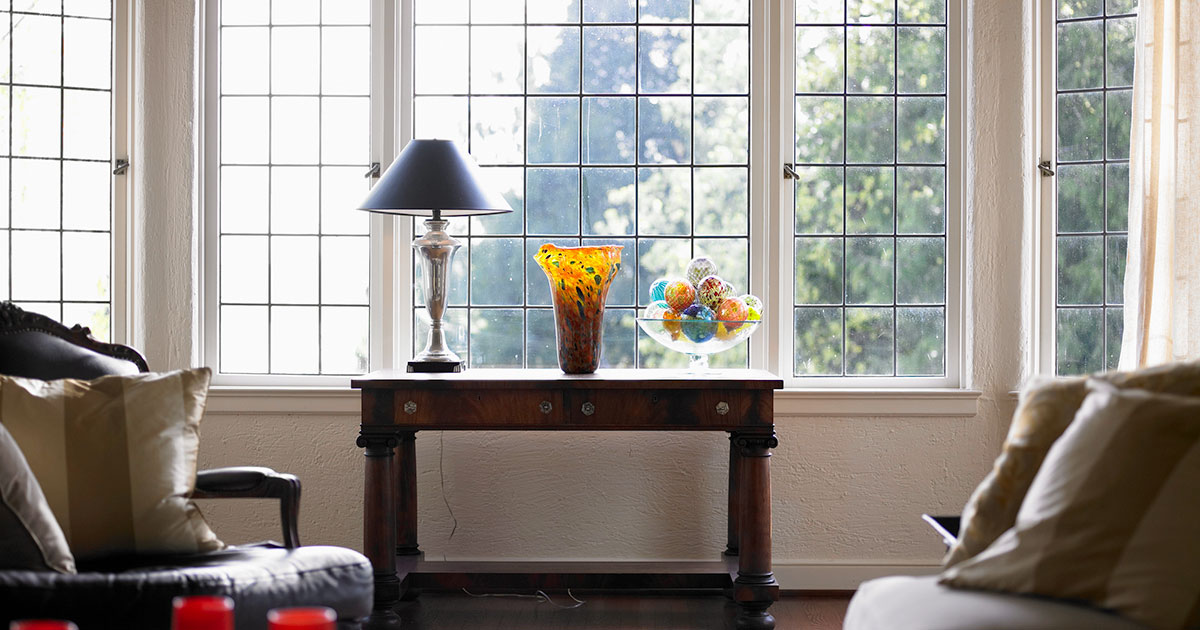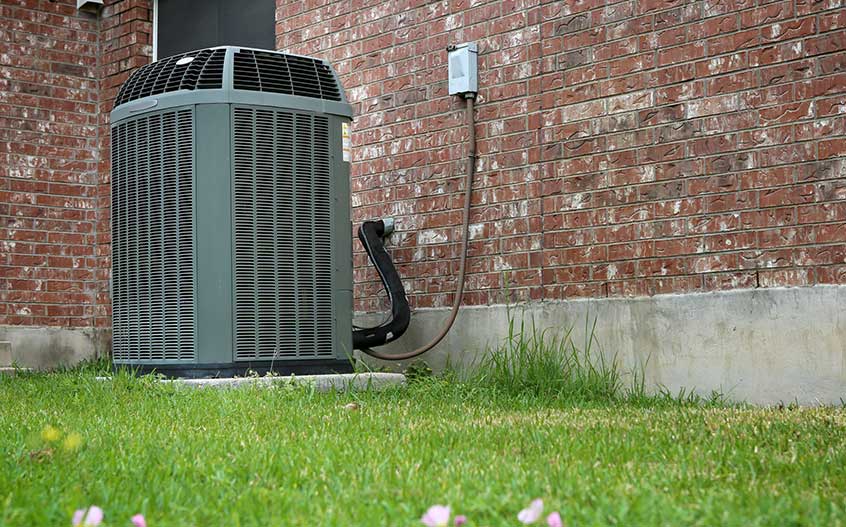
How to Improve Window Energy Efficiency
Looking to improve window energy efficiency? The windows in your Colorado home provide beautiful mountain views, light, warmth, and ventilation. However, older windows can negatively impact your home’s energy efficiency by allowing drafts, as well as being poorly insulated. Your energy costs can decrease dramatically by simply replacing your old windows with new, energy-efficient windows.
We know that new, energy-efficient windows can be expensive, but the good news is that you can make adjustments to your current windows to improve their energy efficiency as well.
How to Improve the Energy Efficiency of Existing Windows
If your budget is tight, there are a few things you can do to improve your current windows energy efficiency:
- Adding storm windows can reduce leaking air and contribute to making your home more comfortable.
- Lining your current windows with caulk can reduce air leakage around your windows by filling cracks, gaps or joints that are stationary around the window.
- Weatherstripping the components around your home that move such as doors and windows can help reduce air leakage in and out of your home.
- Adding shades or blinds to your windows can help reduce heat loss in colder times of the year and keep heat out during warmer times of the year throughout your entire home.
How to Improve Window Efficiency in the Winter
- Weatherize by installing tight-fitting, insulating window shades over the windows throughout your home can help keep air leakage down throughout the winter.
- During the night, close your shades and curtains to protect your home against cold drafts. Open the curtains and shades during the day to allow for natural warming from the sun.
- Installing interior and exterior storm windows can help reduce heat loss by approximately 10-20%.
- Storm windows should have weatherstripping at all movable joints.
How to Improve Window Efficiency in the Summer
- During warmer months, installing white shades or blinds helps reflect heat away from your home. As a result, the inside of your home will stay cooler.
- It is a good idea to have your curtains closed on east-facing windows in the morning and closed on west-facing windows in the evening. Based on where the sun is entering your home, having your curtains closed helps keep your house cooler.
- You can buy and apply reflective films for your windows to try and deflect direct sunlight away from your home. This will help keep the internal temperature of your home down in the summer time.
When to Install New Energy-Efficient Windows
If you live in an older home, the energy efficiency of your windows may not be as good as it should be. Eventually, you will have to decide whether or not it is cost-effective to replace them and install newer energy-efficient windows. New windows will eventually pay for themselves through savings on your energy bill. They can help by reducing heating, cooling, and even the lighting you use throughout the year.
Improving the energy efficiency of your home includes selecting windows that have the correct design and having them properly installed by an energy efficiency expert.
You have several options of windows that you can choose from when shopping for your home. When selecting energy-efficient windows, it is important to consider the window’s energy efficiency ratings in relation to Colorado’s climate and your home’s design. We recommend selecting windows with low U-factors (the lower the U-factor, the better) and a low SHGC (Standard Heat Gain Coefficient) so that you can maximize your energy savings throughout the year.
The operation of your windows is also an essential consideration in this process. Some types of windows have lower air leakage rates than others so you should take this into account when determining which window will best improve your home’s energy efficiency.
The types of windows most commonly found in homes today include:
- Awning windows are hinged at the top and open away from your home and up. They usually come with lower air leakage rates than sliding windows because the sash closes up against the frame of the window.
- Casement windows hinge at their sides and these too usually have lower air leakage rates because they close by pressing up against the frame.
- Hopper windows are hinged at the bottom and open into the house. Like awning and casement windows, these too have lower air leakage rates because they close up against the frame of the window.
- Fixed windows do not open and are ideal for sealing air but are not ideal regarding ventilation.
- Double and Single Hanging Windows have sashes that slide up and down on tracks to open and close. They have decent air sealing capabilities, but because they lay along a track, they cannot trap the amount of air that a window that presses against a frame would.
- Double and Single Sliding Windows have sashes that slide horizontally on tracks to open and close. They have decent air sealing capabilities, but because they slide along a track, they cannot trap the amount of air that a window that presses against a frame would.
Installation of New Energy-Efficient Windows
When you have windows picked out and ready to install, it is important to have a home energy efficiency expert install them for you. Even the best windows have to be installed correctly to benefit your home’s energy efficiency.
The setup process can vary depending on which type of window you have, the makeup of your home (wood, masonry, etc.), the exterior material of your home (wood siding, stucco, brick, etc.) and the type of weather barrier your home has. Windows should be installed according to the manufacturer’s recommendation and be adequately sealed during install to ensure that they perform at an optimal level. Remember that it is important to caulk the frames and use weatherstripping to seal a window effectively.
"*" indicates required fields



